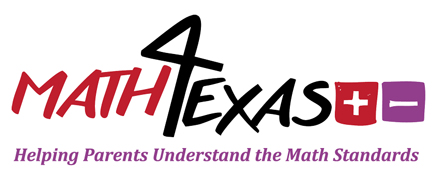Read the problem situations below and explain your thinking for each problem.
a) Dona earns $5 per week for doing her household chores. She wants to purchase a new paint set that cost $16.
1) If Dona saves $3 each week, how long will it take her to save enough money to purchase the paint set?
2) If Dona saves $4 each week, how long will it take her to save enough money to purchase the paint set?
b) In June, Chuck got $50 for his birthday and put it in a bank account for saving. He will earn $1 interest on his saving for each month after June. If Chuck does not add or remove any additional money from his savings, how much money will he have in December?
 Students should understand that saving, or setting aside money earned or received, over time can result in an increase of money either in a bank account or piggy bank.
Students should understand that saving, or setting aside money earned or received, over time can result in an increase of money either in a bank account or piggy bank.





 Click
Click 

